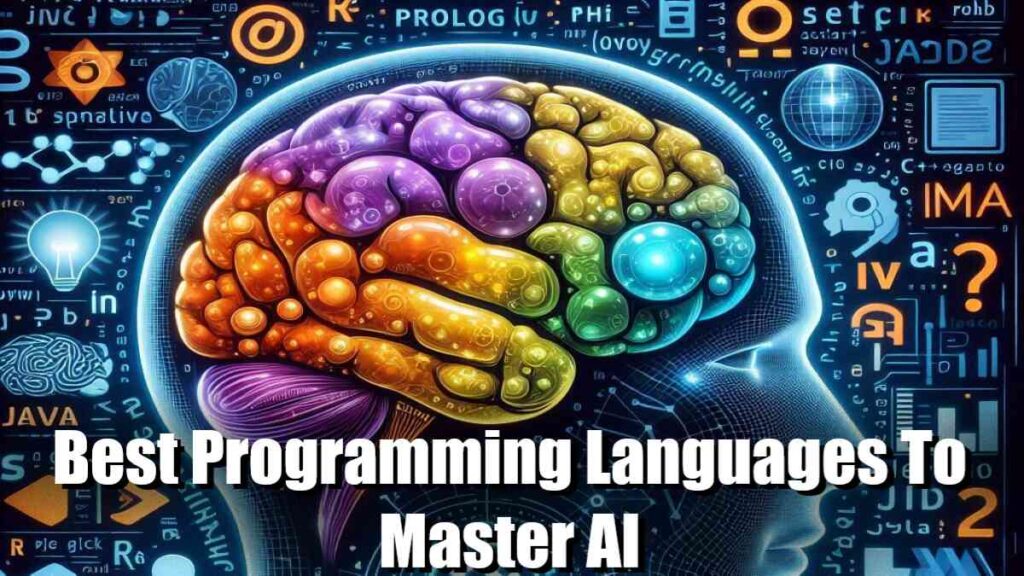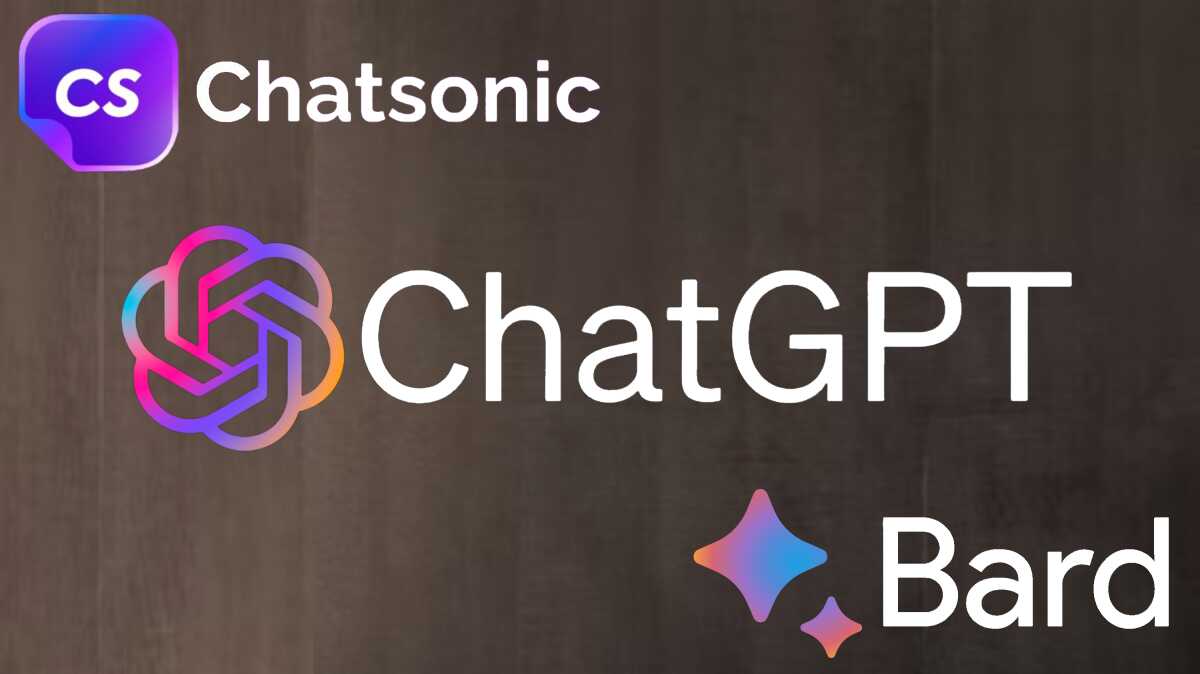Best Programming Languages: Top AI Languages You Should Master
To succeed in artificial intelligence, mastering these best programming languages is crucial for every AI engineer as they provide a strong foundation and versatile skills.

The artificial intelligence (AI) industry is set for explosive growth, with projections estimating a rise from $86.9 billion in 2022 to an astounding $407 billion by 2027. Along with this surge, the sector is expected to create 97 million jobs by 2025. In such a fast-paced and ever-evolving field, having the right programming skills is crucial. Here are the top five AI programming languages that every aspiring AI engineer should master in 2024.
1. Python
Python continues to be the dominant programming language for AI due to its simplicity, flexibility, and extensive ecosystem. As a high-level, interpreted language, Python allows for rapid development and testing, which is essential in the iterative process of AI projects.
Python’s strength lies in its vast array of libraries and frameworks tailored for AI and machine learning. Libraries such as TensorFlow, PyTorch, and Keras provide pre-built functions and classes that significantly expedite the development of complex algorithms.
- TensorFlow, developed by Google, excels in numerical computation essential for deep learning. It supports both CPU and GPU computing, making it highly efficient for large-scale neural network training.
- PyTorch, known for its dynamic computational graph capability, allows more flexibility in designing and debugging deep learning models. It has become particularly popular in the research community for its ease of use and intuitive design.
- Keras is a high-level neural network library that runs on top of TensorFlow. It offers a simple and user-friendly interface, making it an excellent entry point for beginners.
Beyond deep learning, Python’s rich ecosystem includes libraries like Pandas for data manipulation and NumPy for numerical computations, which are crucial for pre-processing data and developing AI models. Python’s simplicity and readability, combined with a supportive community and abundant resources, make it an ideal choice for both beginners and seasoned professionals in AI.
2. Java
Java’s object-oriented nature and platform independence make it a robust choice for large-scale AI applications. Its ability to run on any platform without recompilation is a significant advantage for enterprise-level AI systems.
Java is particularly strong in areas such as natural language processing (NLP) and neural networks. Libraries like Deeplearning4j provide comprehensive tools for building complex neural network structures. Java’s efficient memory management and high-performance garbage collection are critical for handling large datasets typical in AI applications.
Java’s widespread use in enterprise environments facilitates the integration of AI into existing systems. Its well-established ecosystem and strong community support are invaluable for maintaining and upgrading legacy systems. Additionally, frameworks like Apache Jena are pivotal in building semantic web and linked data applications, showcasing Java’s versatility and adaptability in various AI domains.

3. R
R is a powerhouse for statistical analysis and data visualization, making it ideal for AI projects involving extensive data manipulation and analysis. It is particularly suited for projects that focus on data, such as predictive modeling and statistical computing.
R’s comprehensive package ecosystem, including tools like ggplot2 for data visualization and dplyr for data manipulation, simplifies the data analysis process. This capability is crucial in AI for identifying data patterns and anomalies, which directly influence the quality of AI models.
This programming language is widely used across various sectors, from academia and research to finance and e-commerce. In academia, it is a staple for statistical computations, machine learning, and analyzing large datasets. In the finance sector, R is employed for risk analysis, credit scoring, and financial modeling. E-commerce companies leverage R for improving user experience, cross-product selling, and targeted advertising.
While R may not match the speed of Python or Java, its advanced statistical capabilities make it indispensable for AI projects requiring statistical rigor. Its ability to handle large datasets and perform complex statistical operations with ease makes it a favorite among data scientists.
4. Prolog
Prolog, short for “Programming in Logic,” is tailored for AI tasks involving symbolic reasoning, problem-solving, and pattern matching. Unlike imperative languages, Prolog is declarative, focusing on relationships between facts and rules.
Prolog is extensively used for developing expert systems, natural language processing, and theorem proving. Its strengths in pattern matching and automatic backtracking are advantageous for creating complex rule-based AI algorithms. This programming language also finds applications in the Semantic Web, information retrieval, and expert system shells for specialized problem-solving.
Prolog’s unique approach to problem-solving makes it valuable for specific AI tasks like developing chatbots or rule-based systems. While it may not be as widely adopted as Python or Java, Prolog’s specialized capabilities make it an essential skill for engineers working on specific AI projects.

5. C++
C++ is renowned for its high execution speed and control over system resources, making it perfect for AI applications where performance is crucial. Its proximity to system hardware allows for efficient processing of AI algorithms, essential in real-time applications and systems with limited resources.
AI engineers leverage C++ in machine learning and neural network development, particularly when low latency is a priority. For example, TensorFlow’s efficient matrix operations are powered by this programming language, highlighting its importance in high-performance AI computing.
Additionally, C++ is prevalent in game development and simulation, where AI is used to create realistic and complex environments. Its ability to handle intricate calculations at high speeds makes it a top choice for AI engineers in these fields.
In conclusion, mastering these five programming languages—Python, Java, R, Prolog, and C++—is essential for aspiring AI engineers in 2024. Each language offers unique strengths and capabilities, catering to different aspects of AI development, from statistical analysis and data visualization to performance optimization and logical reasoning. By honing your skills in these programming languages, you’ll be well-equipped to thrive in the rapidly growing AI industry.






